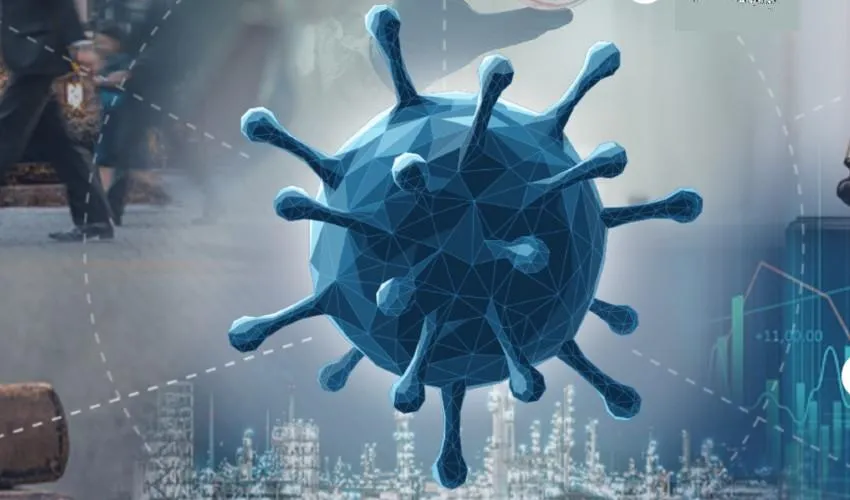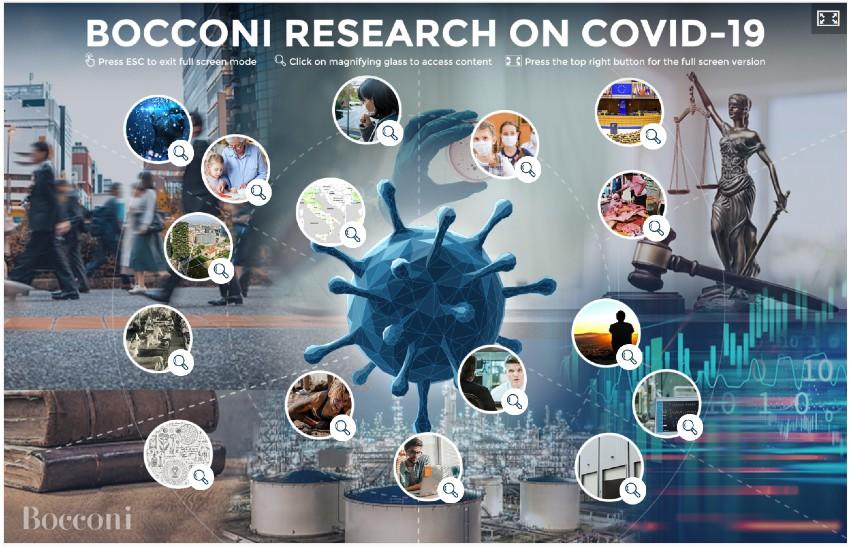
A Map of COVID Research at Bocconi
The Great Recession that began in 2007 influenced economic research throughout the following decade. The COVID-19 pandemic will shape research in every social science for much longer. The economy, the way we relate to others, the organization of work, the rules governing our coexistence are changing. And by now we have all understood that nothing will be the same ever again.
In the frantic weeks - indeed, the frantic days - in which all Bocconi's teaching moved online, research reacted with the same speed. New projects focused on the impact of the pandemic began, while studies conducted in previous years that could help decipher the current situation became very topical. This latter category - which reminds us how fundamental basic research is - includes studies on pandemics in history, research on how the closure of schools and transport affects the spread of infectious diseases, a study on smartworking and a paper on the features of companies that recover best after disasters.
The cognitive map presented here visualizes Bocconi scholars' first reaction to the new reality. It is an inevitably partial map, because many projects will have escaped Bocconi Knowledge and because not a day goes by without others kicking off. It is also a variegated map, where instant surveys, working papers and ongoing projects coexist, because Bocconi research has reacted at every level, in many ways, encompassing all the disciplines taught at the University.
In a composition that sees the new coronavirus at the center, the research is arranged in the different areas depending on the object or methodology used. Clockwise, starting from the left, the map explores social, epidemiological, legal, economic-financial (and here the number of issues that can be investigated with the methodology of economics can be seen), managerial and historical approaches, with quantitative disciplines to serve as a strong support to any form of investigation.
Go to the map clicking HERE or on the picture below. By clicking on the magnifying glasses, you will access the specific content and, from there, the in-depth stories published on Bocconi websites.
Enjoy your exploration and allow us to make a suggestion: immerse yourself in the map in full-screen mode.